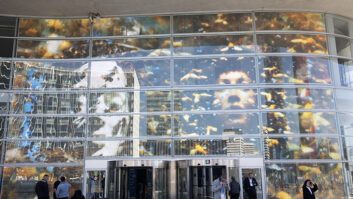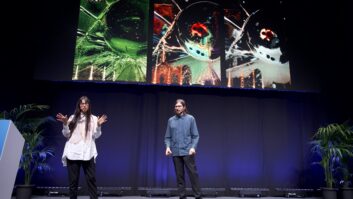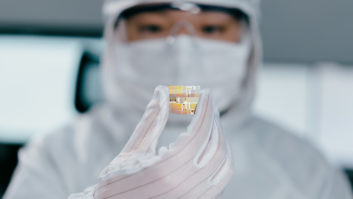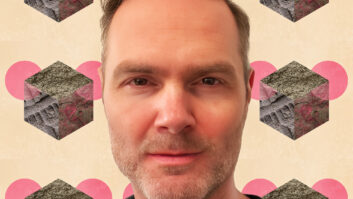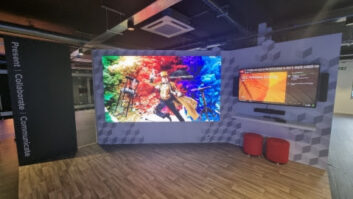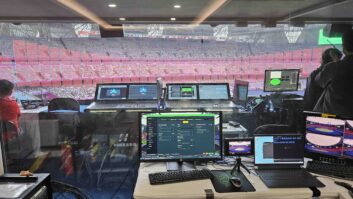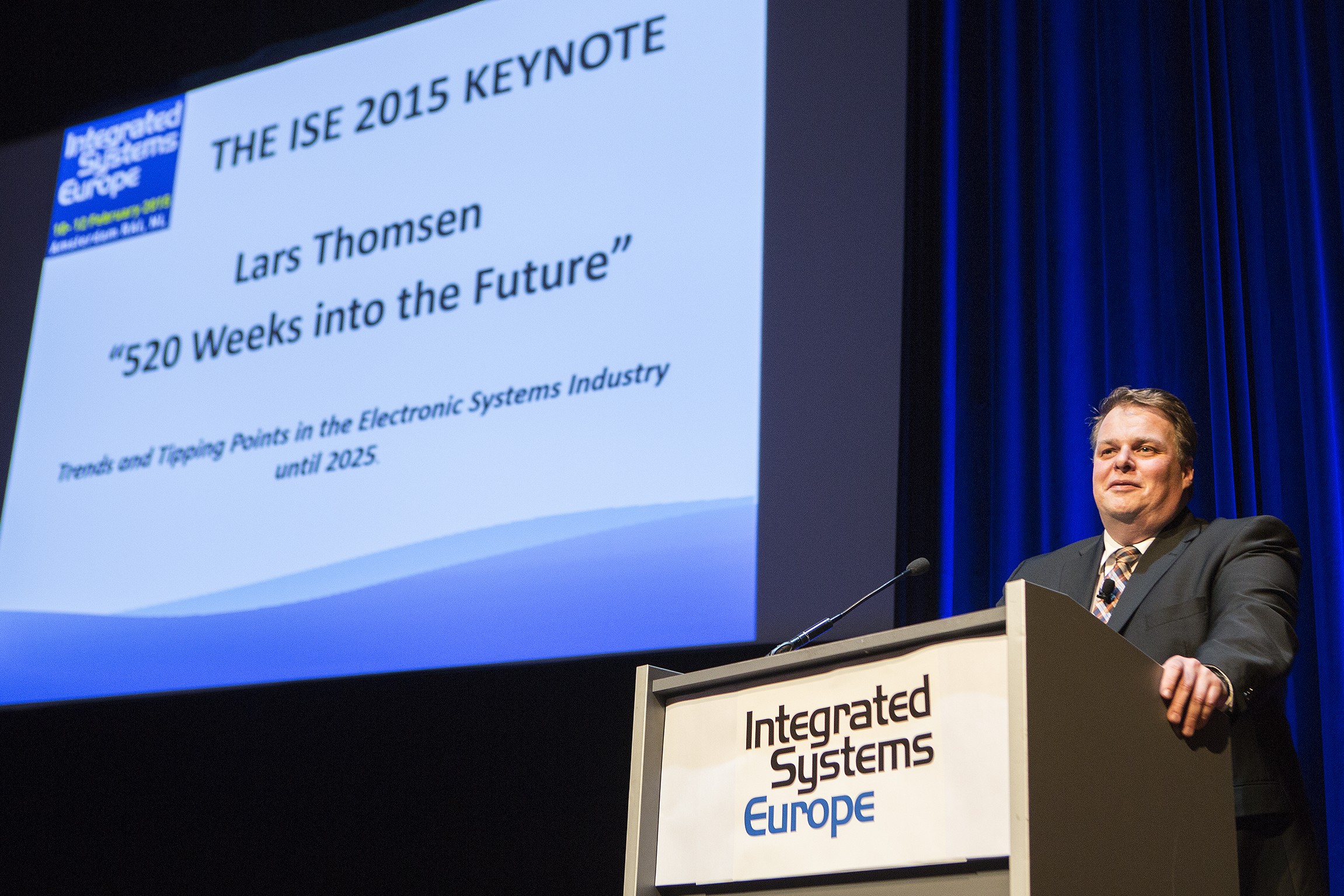
ISE 2015 opened its doors at 9:00 this morning, with over 50,000 visitors – representing every stage of the systems integration value chain – expected to come to the Amsterdam RAI over the next three days. This year’s event promises to be the busiest and brightest to date, with over 1,000 exhibitors on the showfloor; themed showfloor areas for Digital Signage, Residential Solutions; Unified Communications and Smart Building; more than 90 free-to-attend expert presentations in three purpose-built Showfloor Solutions Theatres – Residential (sponsored by Vutec), Commercial (sponsored by Microsoft) and Unified Communications; and extensive accredited Personal Development programmes from industry associations CEDIA and InfoComm International.
The curtain-raiser to the event was yesterday evening’s Opening Keynote by futurist Lars Thomsen. The Internet of Things, he said, is set to turn the ‘integrated systems’ that make up Integrated Systems Europe (ISE) into a single unified ‘integrated system’.
Thomsen predicted the future of the AV industry would depend on the IPv6 standard, which would create a rapidly growing “digital nervous system” across the world not unlike the current energy grid everybody is used to.
“In 10 years, 1,000 devices per human will be connected to the internet and this digital nervous system will incorporate all aspects of things that are important to humanity, such as comfort, energy, security, education and so on,” he said.
“Right now there are different halls in this trade show representing different parts of the industry. We are now at a tipping point where we don’t have to think about isolated systems, but rather about moving onto a system that incorporates the internet as its backbone.”
Tipping points are a key concern of Thomsen’s, who doesn’t use slides during his keynotes but prefers to let the audience connect the dots and imagine the future he describes.
“Tipping points are points in time where a new technology, or business model is cheaper and better than the way we did it in the past,” added Thomsen, listing the victory of artificial intelligence and robotics over ‘dumb technology’ as tipping points to look out for.
“Within 520 weeks, we will get to a point where robots can work in households or in elderly care, they will reach a price point where they are cheaper than employing humans for the same task. The implications to our society are big.”
“We have to do more than just look for trends, instead of waiting for the future we have to find the next tipping point and actively create that future,” he concluded.
